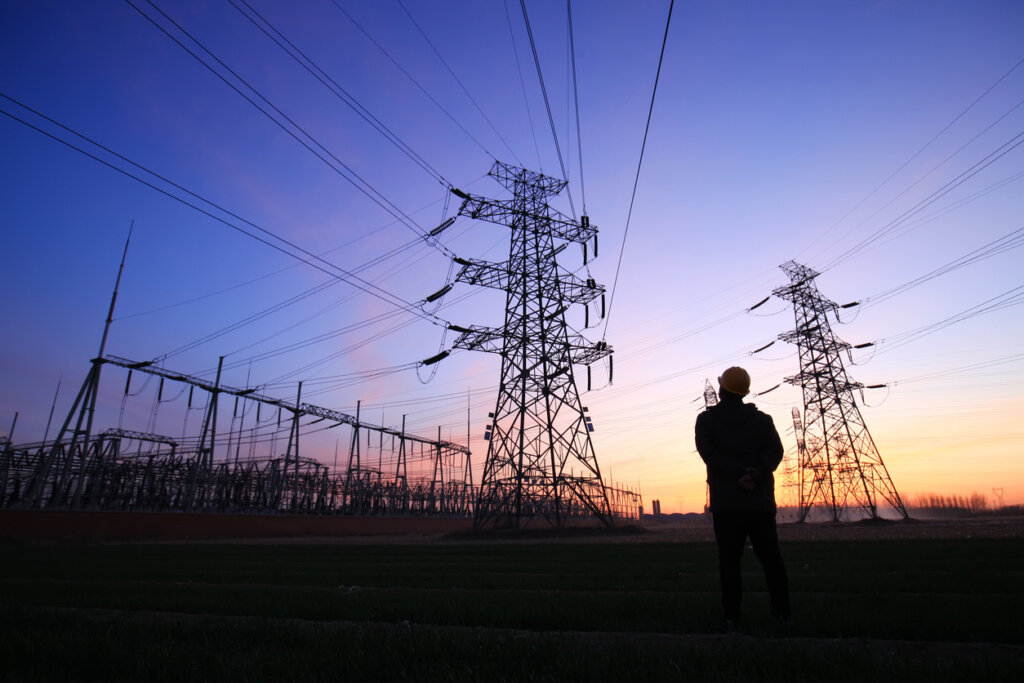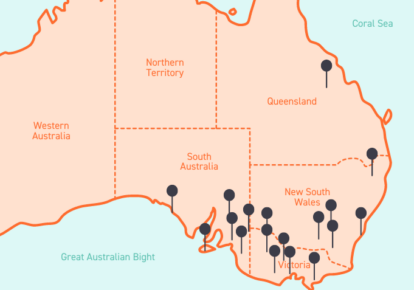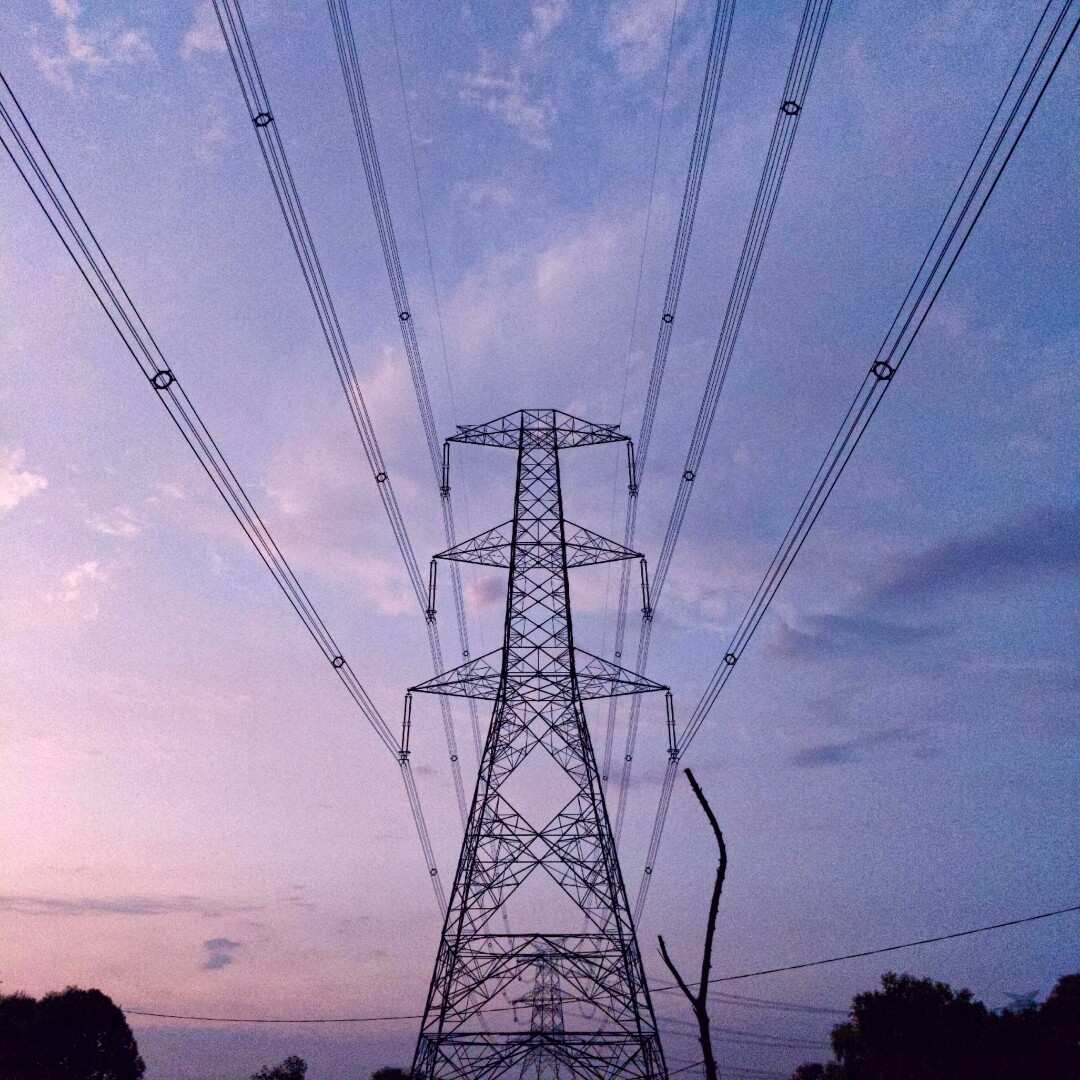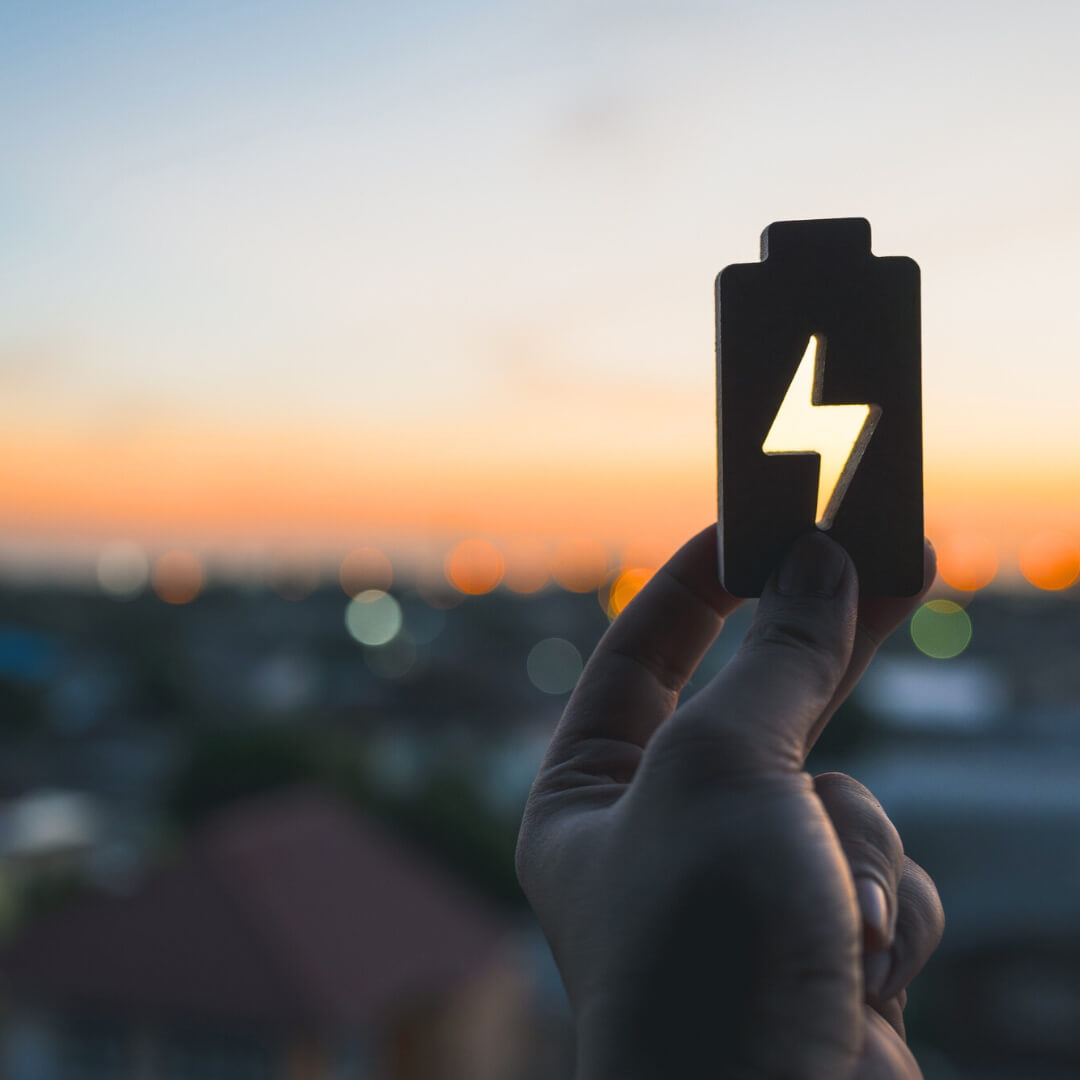Did you see Flow Power CEO, Matthew van der Linden in the Australian Financial Review?
He discussed the issues raised in the latest Electricity Statement of Opportunities (ESOO), and how we can tackle them by being actively engaged with the energy we use.
We’ll be diving into some of the key takeaways from the ESOO – including why it caused a stir in the media – and our energy experts will be explaining what it means for Flow Power customers and businesses Australia-wide.
What is the Electricity Statement of Opportunities (ESOO)
The ESOO is a 10-year reliability outlook produced by the Australian Energy Market Operator (AEMO) every year.
It delivers a comprehensive assessment of the state of the grid and energy supply in the NEM. It’s based on assets that are either built, or committed, highlighting opportunities for investment.
Key takeaways from this year’s ESOO
This year’s ESOO emphasises the importance of staying on track with the renewable transition, by building large-scale zero-emission energy resources, and increasing load flexibility.
Load flexibility refers to the actions energy users can take to use as much of their energy outside of peak windows, such as demand response. Learn more about demand response here.
We know Australians are already well-aware of the urgency needed to keep the transition powering forward. So, why is this year’s report causing media outlets to sound the alarm about blackouts?
The (predicted) perfect storm for energy shortfalls
With up to 62% of the coal-fired power stations fleet expected to retire by 2033, Australia’s NEM is perched on the edge of the largest transformation the market has seen since it began.
And as such, AEMO has forecast some reliability gaps due to coal and gas supply shortfalls, dry and hot weather conditions and modelled coincidence of low wind and high demand.
AEMO’s forecast is also due to consumer participation falling short of its hopes. Australia is experiencing record uptake of rooftop solar, but barely 5% is being managed in a way that could help stabilise the grid – the uptake of demand response has fallen far behind the rollout of rooftop solar.
But it’s not all doom and gloom – and it’s important to remember that the ESOO represents a call to energy users and generation developers about the opportunities in the power system. It certainly doesn’t guarantee there will be any shortfalls.

Time for some positive news
The ESOO doesn’t take into account the reliability potential from the 248 GW pipeline of proposed renewable generation and storage projects, the impact of RERT, actionable transmission projects and government energy programs underway.
Additionally, as AEMO has advised, there’s opportunity for consumers’ rooftop solar, batteries and EVs to actively participate in the power system which would further reduce reliability risks.
“This year’s ESOO report certainly paints a bleak picture. However, I would suggest that there are very real, practical solutions staring policymakers in the face – and we need to start talking about them.
Demand response, or using energy at off-peak times, is an incredibly simple yet underutilised opportunity. In Victoria alone, if just 5% of businesses powered down at the right times, the reliability gap for this summer would disappear.”
Matthew van der Linden, CEO of Flow Power
So, what does this mean for Flow Power customers?
As a Flow Power customer, you’re already supporting a more stable and resilient energy system for the future.
By taking part in demand response, RERT or sourcing your energy with a contract linked to one of our renewable generation projects, your business is helping accelerate the renewable transition and reduce strain on our shared electricity grid.
The message ringing out loud and clear from the ESOO is that we urgently need more consumers to do the same.
“I actually am very optimistic about the impact on the load by consumers’ participation. It’s not immaterial – it’s not 5% of your load – it’s more like 100% of your load for a consumer that’s engaged.”
Matthew van der Linden, CEO of Flow Power
Not a Flow Power customer yet?
There’s no better time to make the switch.
For businesses, this means moving away from standard peak and off-peak contracts, shifting energy intensive operations to different times of the day, and finding flexible electricity contracts that align pricing with real-time energy generation in the wholesale market. Learn more about wholesale electricity pricing here.
By changing your energy behaviour, your business can save money, reduce its carbon footprint and play a part in supporting and accelerating Australia’s renewable energy transition.
Questions?
If you have further questions about the ESOO, how this could impact your business, or ways Flow Power can help optimise your electricity use, reach out to one of our energy specialists today.














